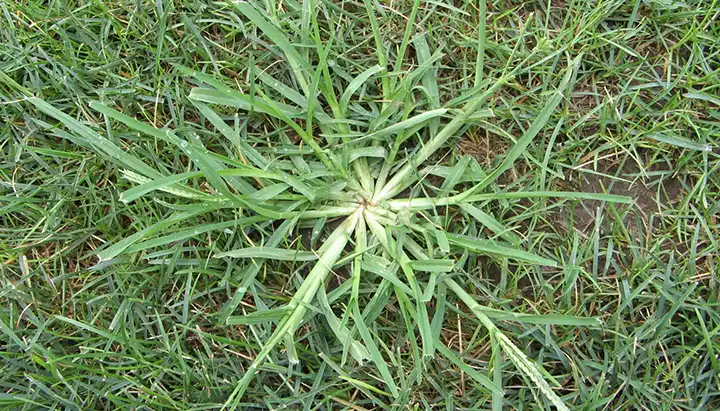Introduction to Goose Grass
Have you ever stumbled upon an unassuming plant in your garden that’s sticky to the touch and seemingly everywhere? Meet goose grass, also known by its scientific name, Galium aparine. This plant is more than just an ordinary weed; it’s a time-honored remedy in traditional medicine. Recognized for its ability to cleanse and heal, goose grass can be a beneficial part of your natural health toolkit. Let’s explore how you can prepare and use this remarkable plant for health and wellness.

Identifying and Gathering Goose Grass
First things first, you need to know what you’re looking for. Goose grass is easy to spot due to its long, slender stems that feature small greenish-white flowers. Its characteristic hook-like hairs enable it to cling to clothing and animal fur, which makes it memorable for anyone who has brushed past it.
When it’s time to collect this herbal treasure, aim for the spring season. During this period, the young, tender shoots are at their peak for medicinal use. Early spring is ideal as the plant is most potent before it begins flowering.
Getting It Ready for Healing
Once collected, preparing goose grass is a straightforward process. Begin by washing the plant thoroughly to clear away any dirt or debris. For long-term use, you can dry the fresh leaves. Hang small bundles in a well-ventilated place, avoiding direct sunlight.
To enjoy goose grass in tea form, simply steep two teaspoons of the dried herb in boiling water for about ten minutes. This infusion, known for its detoxifying properties, can be sipped up to three times a day. It supports lymphatic drainage and blood purification.
Healing Benefits of Goose Grass
Goose grass is often used to soothe skin irritations like eczema, thanks to its anti-inflammatory qualities. A simple way to harness these benefits is by creating a poultice. Crush fresh leaves and gently apply them to the area of irritation, which can help reduce swelling and promote faster healing.
This plant also supports a healthy kidney function due to its diuretic nature. Consuming goose grass tea regularly can help with urinary tract infections and may reduce the risk of kidney stones by flushing out toxins from the body.
Another fantastic benefit is its ability to aid the lymphatic system. By reducing inflammation and supporting immune function, goose grass can promote better lymphatic flow and general health.
More Useful Ways to Use Goose Grass
Besides its internal cleansing abilities, goose grass can aid in weight management by boosting metabolism. Many believe that drinking the tea can assist with weight loss efforts by eliminating excess water weight.
Your hair can also benefit from this plant. Thanks to its silica content, using a decoction of goose grass as a final hair rinse strengthens and adds shine to your locks.
Considerations and Precautions
As with anything new in your health regimen, a patch test is wise, since some individuals might have an allergic reaction to goose grass. Apply a small amount to a small area of skin and monitor for reactions.
It’s always best to check with a healthcare professional before adding any new herbal remedy, especially if you’re currently on medication or have existing health concerns. While generally safe, every individual’s circumstances can vary.

Final Thoughts on This Hidden Gem
Embrace goose grass as more than a garden nuisance. It stands as a testament to nature’s ability to heal, bringing a treasure chest of benefits right to your doorstep. From improving kidney functions to giving your hair a natural boost, this humble plant readily shares its bounty. By learning how to effectively harness goose grass, you can enrich your approach to health and wellness with natural solutions.




